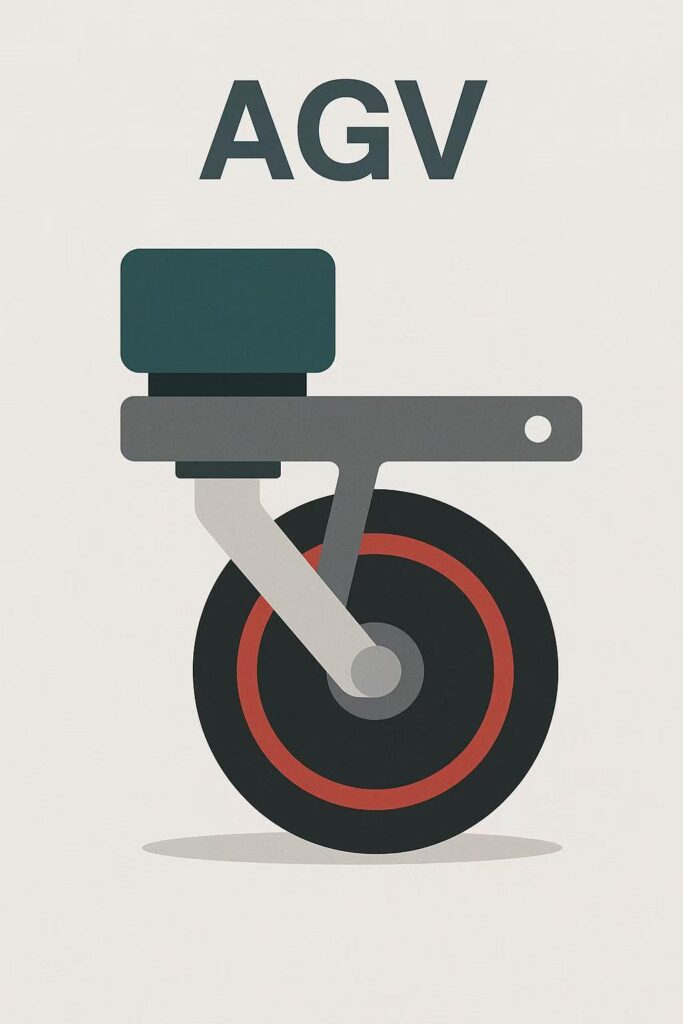Why Steering Wheel Stability is Critical for AGV Performance and Efficiency?

In the world of automated guided vehicles (AGVs), precision, reliability, and efficiency are non-negotiable. Among the many mechanical components that contribute to optimal AGV performance, the steering wheel—often overshadowed by more prominent systems like motors or sensors—plays a surprisingly crucial role. A stable steering wheel isn’t just a mechanical preference; it’s a foundation for the AGV’s overall operational efficiency and system stability.
1. Why Steering Wheel Stability Matters
Unlike passive wheels, steering wheels are actively responsible for guiding the AGV’s direction. When a steering system is unstable—due to loose tolerances, weak control feedback, or mechanical play—it results in:
Path deviation and poor trajectory tracking
Higher energy consumption
Mechanical wear and system vibration
Frequent downtime due to misalignment or system errors
2. Mechanical Structure and Material Optimization
A stable steering wheel system starts with robust mechanical design. Key engineering decisions include:
High-strength materials: Using wear-resistant, non-deforming alloys or reinforced polymers improves structural rigidity under continuous load.
Integrated load-bearing and torque-resistant design: A well-balanced wheel-hub structure prevents wobbling and ensures smooth rotation.
Shock absorption mechanisms: Quality suspension or dampers reduce vibration transferred to the chassis.
These design considerations directly impact:
Load stability under dynamic conditions
Smooth directional change without backlash
Extended lifespan of bearings, shafts, and mountings
3. Precision in Motion Control: The Role of Drive Electronics
Beyond mechanics, the driving circuit and control logic significantly influence the behavior of the steering system.
Closed-loop feedback control: Using high-resolution encoders or absolute sensors allows real-time monitoring of wheel orientation and position.
Advanced servo drive algorithms: Optimized PID parameters or motion profiles reduce overshoot and oscillation, leading to faster and more stable steering corrections.
Current and torque control: Efficient management of motor output minimizes overheating and prolongs component life.
Modern low-voltage servo systems, when paired with a quality steering mechanism, can drastically improve directional accuracy—especially critical in tight logistics paths or when docking with high precision.
4. AGV Operational Benefits from Steering Stability
✅ Improved Path Accuracy
Steering wheel stability ensures that AGVs can maintain precise paths without constant recalibration, even over long distances or in multi-point routes.
✅ Reduced Power Consumption
Stable motion reduces unnecessary corrections and wheel slip, leading to lower power draw from the battery.
✅ Better System Synchronization
For AGVs using multiple independently controlled wheels or coordinating with other robots, consistent steering behavior ensures synchronized and collision-free operation.
✅ Less Maintenance, Lower Downtime
Minimized mechanical stress means fewer part replacements, fewer system errors, and improved long-term reliability.
